The thermal and magnetic protection for AC circuit breakers take into account both the timing and the magnitude of the AC current passing through.
Does a standard circuit breaker trip on the current related to the Apparent (kVA) Power, or the current related to the True (kW) Power?
I would understand they act on the current related to the True Power (kW), and the amount of Reactive Power (kVAr) should in some way (?) affect the tripping curve (such as the B, C or D in the miniature circuit breakers) or is there no effect and just the current related to the Apparent Power is which is effectively sensed by the internal coil?
Edit 1:
So Far:
- The Circuit Breaker should act on RMS Current \$I_{RMS}\$, which is the current acting on the Thermal (Power Dissipation Time Average, over a Bimetalic element) and Magnetic (Magnetic Flow Time Average, magnetizing a ferromagnetic element) actions in a Circuit Breaker (at least, those depicted, whose operation is based on these actions).
- The Power Factor of the load have no impact on the tripping action, hence the RMS Current, as in the Apparent Power (kVA), is the key factor, regardless the load is Resistive (kW) or Capacitive|Inductive (kVAr).
Edit 2:
Some confusions I have read in answers and comments.
- Note that a trip in a CB do not imply a fault. They are absolutely different concepts. A trip can be caused by an steadily increase of the load connected to the CB, without involving any electrical fault at all. (The operation is affected and that would constitute a fault, but a design, operational, or management fault, not strictly an electrical one, at least compared with classical faults, discussion which escapes the scope of this question...).
- A trip, hence, do not imply a drop in the supply voltage. That is a mistake, from the above confusion. We straightforwardly can think on counterexamples of this (which one?).
- Apparent Power, Reactive Power, True Power, Impedance are definitions, and the question uses them. At the very end, Breakers and Distribution Panels are used to control Power.


